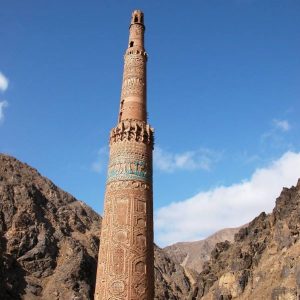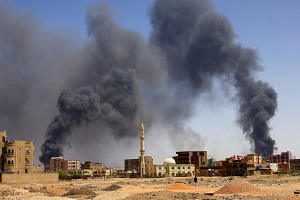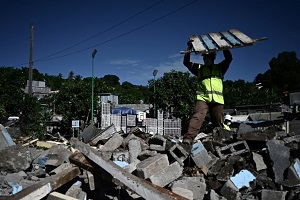 November 18th marks the very first International Day for Islamic Art. Proclaimed at the 40th session of the UNESCO General Conference in 2019 , it aims to raise awareness of past and contemporary artistic expressions of Islam, and the contribution of culture through Islamic Art to civilization.
November 18th marks the very first International Day for Islamic Art. Proclaimed at the 40th session of the UNESCO General Conference in 2019 , it aims to raise awareness of past and contemporary artistic expressions of Islam, and the contribution of culture through Islamic Art to civilization.
“The worldwide celebration of the International Day of Islamic Art not only encourages the appreciation of Islamic art, which has inspired other artistic movements, but also contributes to cultural diversity, freedom of expression, protection of cultural heritage and inter-cultural dialogue. Marking the Day is also a way to foster tolerance between peoples and support cultural rapprochement, both of which are possible through the power of art,” says Unesco.
Several of Unesco’s World Heritage sites are Islamic art works that date back centuries.
The Selimiye Mosque Complex
Located in Edirne, Turkey, a masterpiece of the architect Sinan, the most famous of all Ottoman architects in the 16th century. The single great dome supported by eight pillars has a diameter of 31.5m over a prayer space of 45mx36m, and with its four soaring minarets it dominates the city skyline. The innovative structural design allowed several windows creating an extraordinary well-lit interior. The mosque complex was recognised by Sinan himself as his most important architectural work.
The architectural composition of the Selimiye Mosque Complex in its dominant location represents the culmination of the great body of work by Sinan, and an important stage in human history; being the apex of the Ottoman Empire.
The Taj Mahal
Considered to be the ultimate architectural achievement in Indo-Islamic architecture, is a vast mausoleum of white marble, built in Agra between 1631 and 1648 by order of the Mughal emperor Shah Jahan in memory of his favourite wife. The Taj Mahal is the jewel of Muslim art in India and one of the universally admired masterpieces of the world’s heritage. The uniqueness of Taj Mahal lies in some truly incredible innovations carried out by the horticulture planners and architects of Shah Jahan.
Old City of Sana’a
Situated in a mountain valley at an altitude of 2200m, Sana’a has been inhabited for more than 2,500 years. In the 7th and 8th centuries the city became a major centre for the propagation of Islam. This religious and political heritage can be seen in the 103 mosques, 14 hammams and over 6,000 houses, all built before the 11th century. Sana’a’s many-storeyed tower-houses built of rammed earth add to the beauty of the site.
Sana’a is directly and tangibly associated with the history of the spread of Islam in the early years of the Hejira. The Great mosque of Sana’a, known as the first mosque built outside Mecca and Medina.
Historic Centre of Cordoba
Cordoba’s period of greatest glory began in the 8th century after the Moorish conquest, when some 300 mosques and innumerable palaces and public buildings were built to rival the splendours of Constantinople, Damascus and Baghdad. In the 13th century, under Ferdinand III, the Saint, Cordoba’s Great Mosque was turned into a cathedral and new defensive structures, particularly the Alcázar de los Reyes Cristianos and the Torre Fortaleza de la Calahorra, were erected.
Minaret and Archaeological Remains of Jam
The Minaret of Jam is one of the few well-preserved monuments representing the exceptional artistic creativity and mastery of structural engineering of the time. Its architecture and ornamentation are outstanding from the point of view of art history, fusing together elements from earlier developments in the region in an exceptional way and exerting a strong influence on later architecture in the region. This graceful soaring structure is an outstanding example of the architecture and ornamentation of the Islamic period in Central Asia and played a significant role in their further dissemination as far as India.
These are just a few of the architectural masterpieces shaped by Islamic culture, many of them resonating with structures we see today.
There is much to learn, share and celebrate on International Day of Islamic Art, and UNESCO encourages everyone to join in through various activities such as debates, conferences, workshops, cultural events and presentations or exhibitions.
Compiled by Naadiya Adams
Source: https://en.unesco.org/commemorations/islamicartday







0 Comments